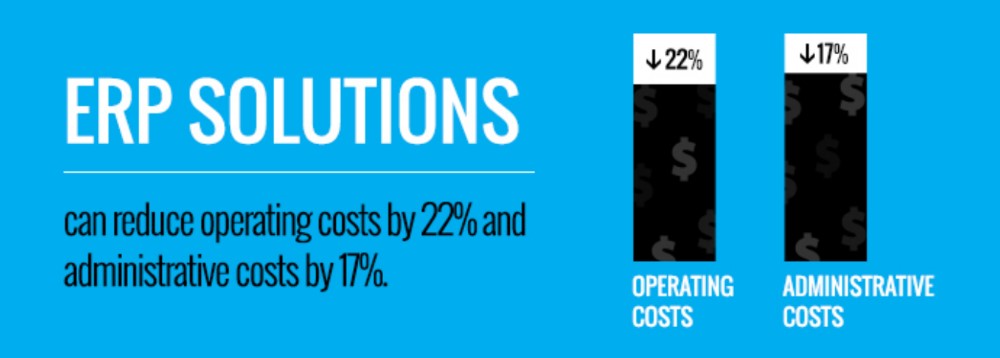Because each industry is unique, it’s important to understand the importance of working
with ERP solutions for the clothing industry, specifically. To learn how they could change
the way you do business, read on.
Apparel ERP Software Enhances Inventory Management
To put it simply, ERP software improves decision-making. By providing real-time views and tracking, apparel inventory management systems allow users to create accurate forecasts based on real-time facts and information instead of making “educated guesses.”
Likewise, because the apparel industry software provides a consolidated overview of inventory in pre-packs, it becomes easier to unpack and repack that inventory without complications or hassles that often accompany the process.
ERP software also puts the control back into your hands. When the right system is in place, businesses are better able to analyze, diagnose and identify seasonal demand shifts. At the same time, order patterns, stock-out dates, lost sales, excess orders and other patterns can be analyzed in real-time to give more control to buyers and managers.
Supply Chain Management Improves With Apparel Inventory Software
If there’s trouble in your business, you need to know about it. Logistics are costly — the cost of U.S. business logistics alone is over $1 trillion a year. ERP lessens this burden by streamlining the process and connecting all points — manufacturers, distributors and marketplaces — while allowing for process standardization and providing better insight into data, cost analysis and vendor performance.
Because systems can help identify trends, suppliers and manufacturers can work together to adapt to delays while minimizing impacts. When processes are smoother, each party involved sees benefits in the long run.
Product and Order Management Reduces Complexities and Complications
Regardless of your product, you understand the complication of working with multiple
products that have similarities.
A single product — a shirt, for example — that has eight different designs and three sizes has 24 separate products as far as inventory tracking and management is concerned. This can complicate both the ordering process and distribution.
When an automated matrix system is in place, the inventory can be managed more effectively, which saves time and labor costs while increasing potential revenue-generating opportunities. A matrix allows users at all points in the process to enter orders in both grid and traditional formats, while giving you more flexibility for management purposes.
ERP solutions with this level of flexibility can help companies streamline workflow automation and tracking, which could reduce operating costs by 22% and administrative costs by 17%. Think of the long-term benefits of ERP solutions for the clothing industry based on these figures.
Cost Reduction via Textiles Manufacturing ERP Solutions
Traditionally, custom or transformational purchase orders have led to excessive costs, even though the growth potential is great. With an Apparel Decoration Module, this is a more plausible offering.
To provide this level of customization, manufacturers can allow customers to transform or decorate existing products either internally or by way of a third party. This customization could include adding a graphic, a logo or another element of design that wouldn’t traditionally be ordered in bulk.
Because this adds cost — namely, to additional labor or the third party involved — along with the complication of the purchase order and drop-shipping process, it can be a challenge to offer. But when a module is in place that automatically handles these otherwise manual processes, the cost can be kept lower while the process remains
efficient.
Because of the innate challenges the apparel industry faces, a one-size-fits-all solution isn’t viable. For long-term success, apparel-specific ERP solutions are necessary and worthwhile. The tangible benefits are apparent from day one.
